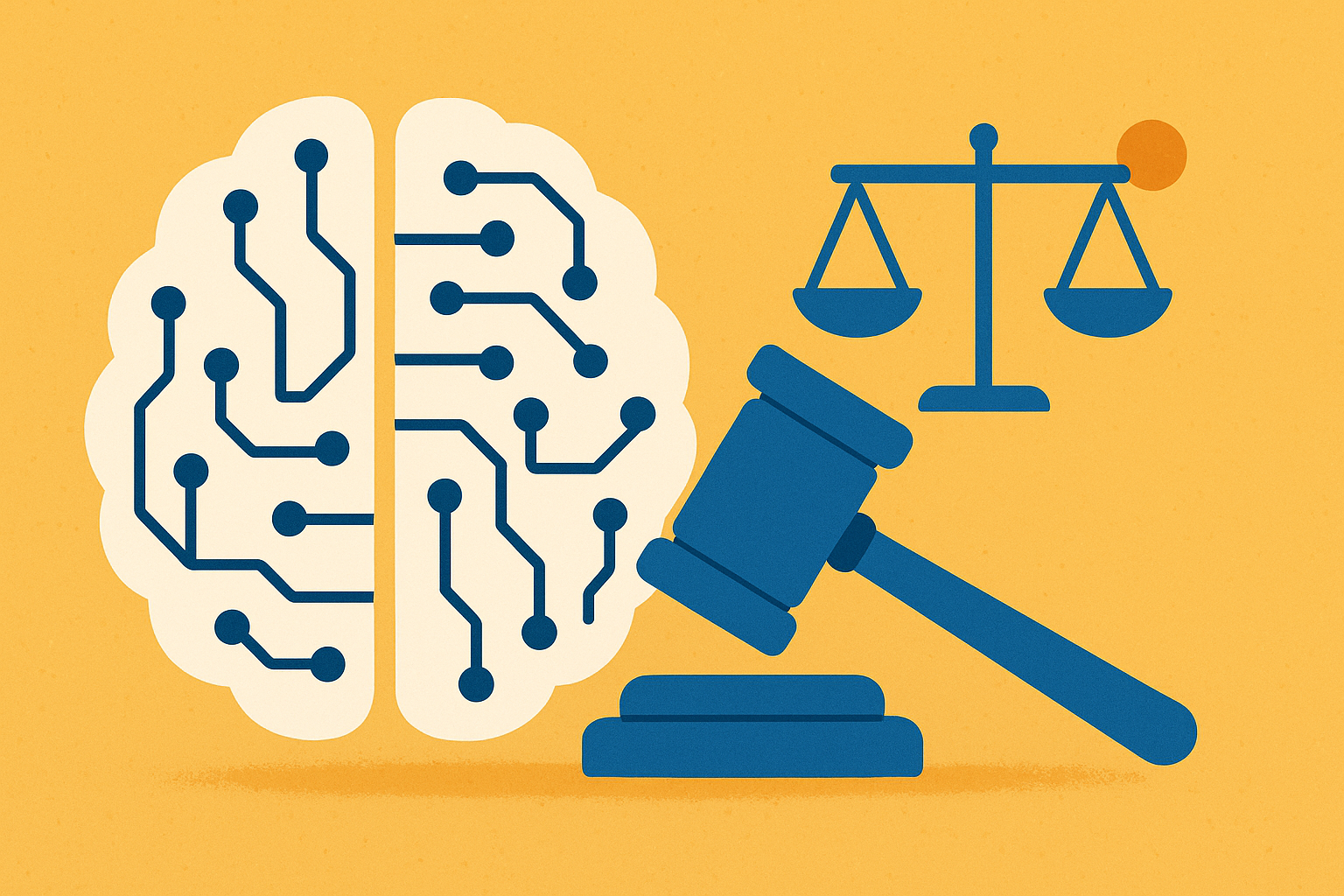As William Bruce Cameron famously observed: "Not everything that can be counted counts, and not everything that counts can be counted.
With growing public scrutiny and emphasis on citizen-focused services, understanding the needs expressed through qualitative data has become essential for effective federal agencies.
The following table captures the critical insights that qualitative data can provide:
|
Characteristic |
Qualitative Analysis |
Quantitative Analysis |
|
Data Type |
Non-numerical (text, audio, observations) |
Numerical (statistics, measurements) |
|
Focus |
Understanding "why" and "how" |
Measuring "how many" and "how much" |
|
Collection Methods |
Interviews, focus groups, observations |
Surveys, experiments, statistical data |
|
Analysis Methods |
Coding, thematic analysis, content analysis |
Statistical analysis, regression, hypothesis testing |
|
Outcomes |
Rich descriptions, deeper understanding |
Statistical significance, generalizable findings |
Benefits of Qualitative Analysis for Federal Agencies
Better Policy Making
Qualitative research clarifies what citizens and employees actually need and expect. By exploring topics in detail, it highlights what truly matters for creating responsive policies.
Through interviews and focus groups, agencies can understand people's real experiences, leading to more equitable policies that address genuine needs. This approach moves agencies away from top-down policy creation toward evidence-based methods grounded in real-world understanding.
Stronger Program Evaluation
Qualitative methods help evaluate federal programs by uncovering what works and what doesn't during implementation. They identify why a program might fall short by exploring acceptability and pinpointing specific barriers.
By providing context for quantitative findings, qualitative data creates more complete program evaluations. Agencies gain insights beyond the numbers, understanding impact nuances and finding practical improvements.
Meaningful Stakeholder Engagement
Qualitative research helps federal agencies connect better with stakeholders. When people express opinions in their own words, they feel heard and valued.
Methods like discourse analysis uncover assumptions, dynamics, and cultural contexts that numbers miss. Qualitative approaches enable participatory research where stakeholders contribute their unique perspectives.
In today's world where trust matters, qualitative analysis builds stronger relationships with the people agencies serve.
Real Understanding of Citizen Needs
Federal agencies exist to serve the public. Qualitative data helps them understand who their constituents really are and what challenges they face.
Through detailed interviews and observations, agencies answer fundamental questions about where to focus their attention. This proves especially valuable for small or specialized groups where numbers alone provide little insight.
Rich, contextual information helps federal agencies create services that genuinely meet people's needs.
Current Challenges for Federal Teams
Despite clear benefits, federal teams face several roadblocks to effective qualitative analysis.
Limited Expertise
Analyzing qualitative data requires specific skills in research methods and analytical techniques. Many federal teams lack staff with training to design studies, collect quality data, and conduct meaningful analysis.
Without this expertise, agencies struggle to use qualitative insights effectively, missing valuable perspectives despite their importance.
Perception Issues
In environments dominated by statistics and quantitative measures, qualitative research sometimes faces skepticism. Concerns about objectivity arise due to smaller sample sizes and potential researcher bias.
This perception makes agencies hesitant to rely on qualitative findings, even when they provide crucial context. Agencies need to recognize that established methods like data triangulation and audit trails ensure trustworthy qualitative research.
Managing Unstructured Data
Qualitative data comes in diverse, unstructured formats—from interview transcripts to open-ended survey responses. The sheer volume of this information presents real challenges.
Organizing, coding, and interpreting this data takes time and skill, especially without the right tools. This practical hurdle often discourages agencies from embracing qualitative methods.
Integration Challenges
Federal agencies typically have established systems for quantitative data. Fitting qualitative insights into these frameworks requires thoughtful planning.
Leaders need to understand how qualitative data complements their existing information rather than conflicts with it. Successful integration creates a more complete picture of complex issues.
Essential Skills for Federal Analysts
To use qualitative data effectively, federal analysts need specific skills and knowledge.
Research Method Basics
Analysts need to understand various qualitative approaches:
• Phenomenology for exploring individual experiences
• Grounded theory for developing explanations from the data
• Ethnography for understanding cultural contexts
• Case studies for examining specific situations in depth
They also need familiarity with different data collection methods, from interviews to observation. This knowledge helps them choose the right approach for their research questions.
Effective Data Collection
Collecting meaningful qualitative data requires practical skills:
• Creating interview guides that encourage detailed responses
• Leading focus groups that generate open conversation
• Observing situations without imposing bias
• Managing diverse data while maintaining its integrity
Analysis Techniques
Making sense of non-numerical information requires specific analytical skills:
• Coding data to identify key concepts
• Recognizing patterns and themes
• Categorizing information systematically
• Understanding how language shapes meaning
Clear Interpretation and Reporting
The real value comes from turning findings into action. Analysts need to:
• Connect qualitative insights to policy objectives
• Present complex findings in accessible reports
• Use narratives and visuals to communicate key insights
• Make clear recommendations based on the data
Critical Thinking
Ensuring credible findings requires analysts to:
• Evaluate the quality of their data and analysis
• Recognize their own potential biases
• Examine their role in the research process
• Apply verification techniques consistently
Practical Upskilling Strategies
Federal agencies can build qualitative analysis capacity through several approaches.
Focused Training Programs
Agencies should develop training that covers qualitative methods, data collection, and analysis techniques. Workshops on specific software tools further enhance capabilities.
The most effective programs address the unique context of federal work, making skills immediately applicable.
Online Learning Resources
Online courses and webinars offer flexible learning opportunities for busy federal staff. Creating internal knowledge platforms allows teams to share what works.
Valuable online resources include:
• QDA Training
• Coursera's Qualitative Research Methods courses
• Research Methods Knowledge Base
Mentorship and Learning Communities
Pairing experienced researchers with newcomers provides personalized guidance. Internal communities of practice create spaces where analysts can share challenges and solutions. These social learning approaches often prove more effective than formal training alone.
Building on Existing Training
Adding qualitative modules to current training for policy analysts and program evaluators introduces these approaches to more staff. Showing how qualitative methods complement quantitative skills encourages more balanced analysis.
External Expertise
Bringing in consultants with specialized knowledge provides targeted support for specific projects. Partnerships with universities and research organizations connect agencies with cutting-edge methods.
Organizations like the American Evaluation Association offer resources specifically for government agencies.
Leadership's Essential Role
Agency leaders must actively support qualitative analysis for successful implementation.
Creating Supportive Culture
Leaders need to explicitly value qualitative insights alongside quantitative data. By encouraging qualitative methods in program design and policy development, they signal its importance throughout the organization.
Providing Real Resources
Leadership must back their commitment with actual resources—budget, personnel, and time for training and implementation. Ensuring teams have appropriate tools and dedicated time for qualitative research makes adoption possible.
Encouraging Collaboration
Leaders should promote knowledge sharing across departments. Creating forums where analysts can exchange experiences accelerates learning and effective implementation.
Recognizing Success
Acknowledging when qualitative analysis improves outcomes reinforces its value. Including qualitative skills in performance evaluations and career paths encourages staff to develop these capabilities.
Measuring Progress and Impact
To ensure investment in qualitative skills pays off, agencies need ways to measure progress.
Training Participation
Track how many staff complete qualitative analysis training and gather their feedback on its relevance. This basic measure helps refine future training.
Project Implementation
Monitor how often qualitative methods appear in agency projects and reviews. Assess the quality of this analysis to understand if skills are effectively applied.
Stakeholder Response
Watch for changes in stakeholder engagement metrics and citizen feedback. Improvements may indicate that better understanding from qualitative research is making a difference.
Staff Perspectives
Ask trained staff how new skills affect their work. Their stories often provide compelling evidence of qualitative analysis's value beyond what numbers can show.
AEM's AI team stands out for our expertise in realizing the benefits of human-in the-loop approaches in deep learned systems, and we offer capabilities across a range of traditional ML areas. Contact us at ai@aemcorp.com to explore challenges your team is facing.















